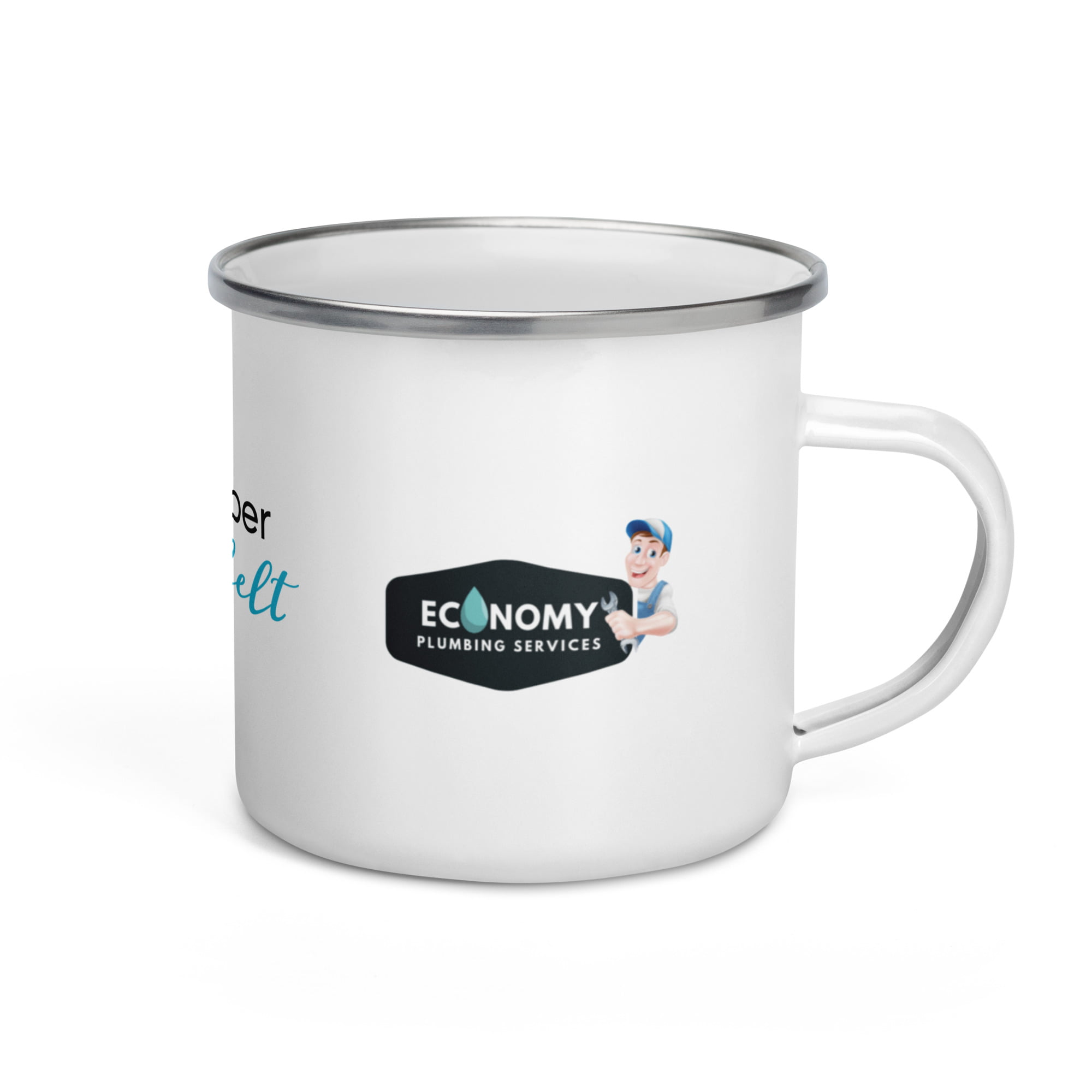Introduction:
As a plumbing company serving Austin, it’s essential to address common concerns related to backflow preventers and their lifespan. In this blog post, we will explore the factors that determine how long backflow preventers last and provide valuable information for homeowners and businesses in Austin.
1. Understanding Backflow Preventers:
– Definition and Function: Backflow preventers are crucial devices designed to protect your freshwater supply from contamination caused by a reversal of water flow. They ensure that water flows in only one direction, preventing potential sources of contamination from entering the main water supply.
2. Factors that Affect Backflow Preventer Lifespan:
– Quality of Material: High-quality backflow preventers made from durable materials tend to have a longer lifespan. Stainless steel and brass are commonly used materials known for their durability and resistance to corrosion.
– Maintenance and Regular Inspections: Regular maintenance and inspections by a licensed plumbing professional are essential for ensuring the optimal functioning of backflow preventers. Professional inspections can detect any issues early on and prevent costly repairs or replacements.
– Environmental Factors: Environmental conditions, such as temperature fluctuations, UV exposure, and the presence of corrosive elements in the water supply, can also affect the lifespan of backflow preventers. It is important to install backflow preventers in protected and appropriate locations to minimize exposure to these factors.
3. Typical Lifespan of Backflow Preventers:
– On average, backflow preventers can last anywhere from 10 to 25 years, depending on the factors mentioned above.
– Regular inspections and maintenance, including component replacements when necessary, can significantly extend the lifespan of backflow preventers.
– It is important to note that the lifespan can vary based on the type and model of backflow preventer installed. Different backflow preventers may have specific manufacturer recommendations regarding their replacement timeframe.
4. Signs of a Failing Backflow Preventer:
– Reduced water pressure in faucets and fixtures.
– Visible signs of corrosion or damage to the backflow preventer.
– Leaking or dripping from the device.
– Failure to pass mandated testing requirements.
5. Importance of Professional Plumbing Services:
– To ensure the longevity and effectiveness of your backflow preventer, it is crucial to hire professional plumbing services in Austin. Certified plumbers have the expertise to install, inspect, and maintain backflow preventers according to local regulations and industry standards.
Conclusion:
In summary, the lifespan of backflow preventers can vary depending on factors such as material quality, maintenance, and environmental conditions. To ensure optimal performance and prevent potential contamination of your water supply, regular inspections and maintenance by professional plumbers are crucial. If you need assistance with backflow prevention installation or maintenance in Austin, reach out to our expert plumbing team for reliable and efficient service.
Remember, protecting your water supply is essential for the health and safety of your family and community.


